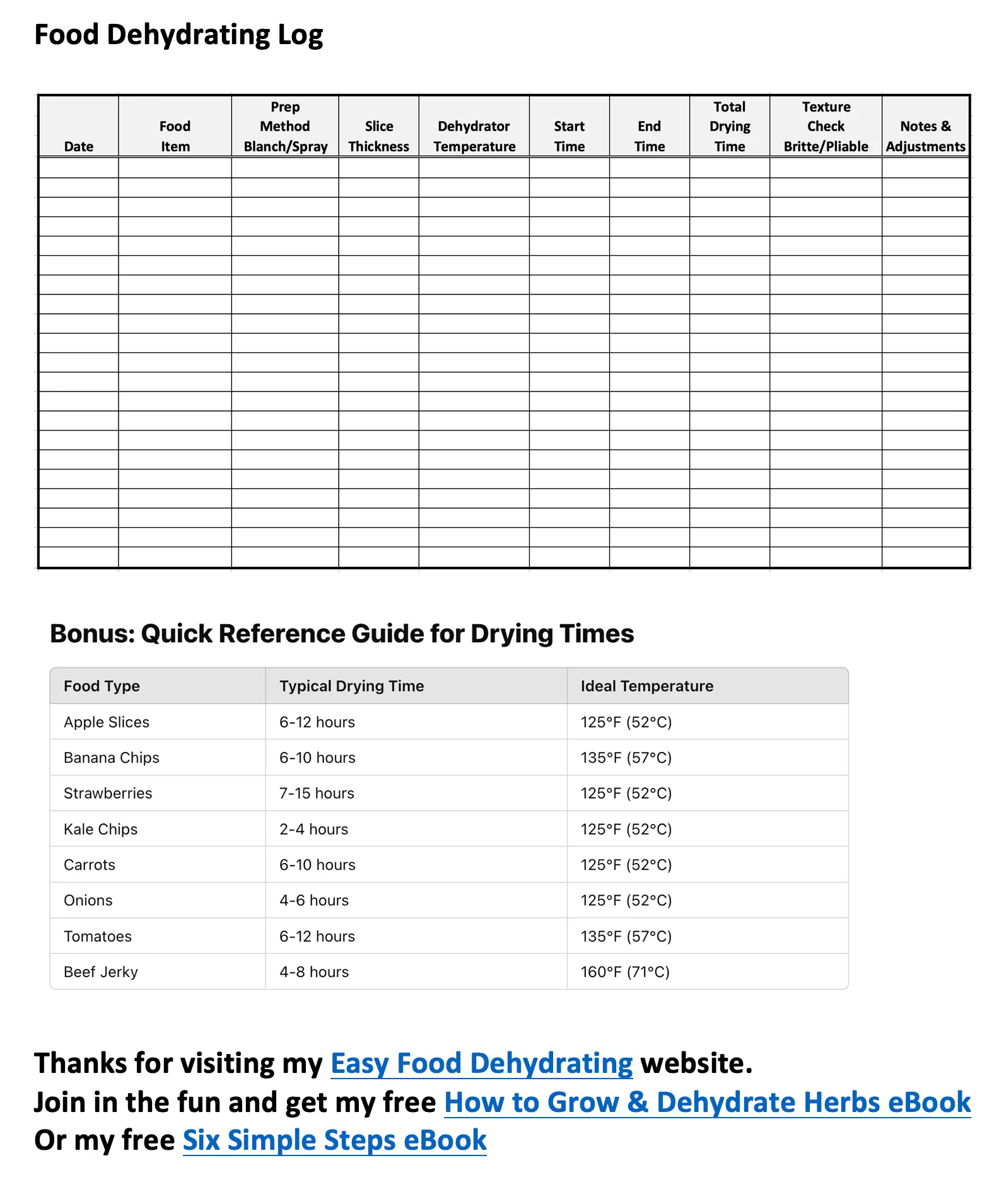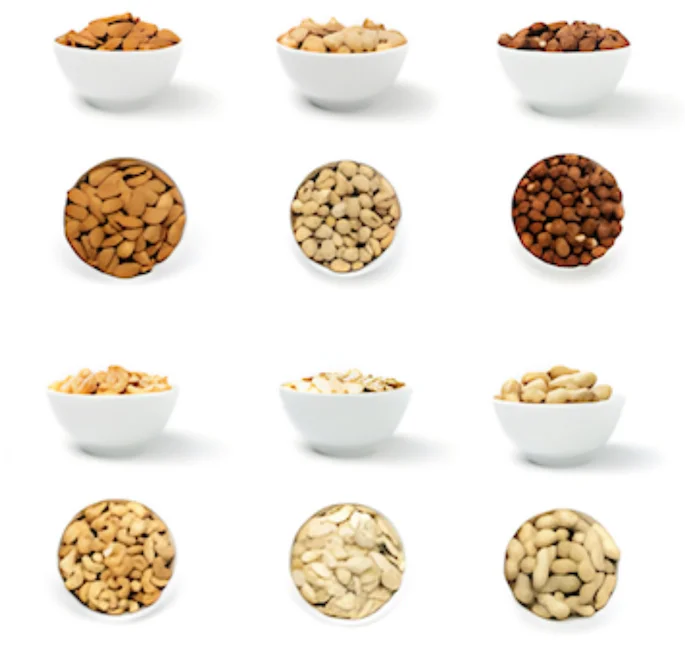- Home
- Articles On How To Dehydrate Food Safely
- Avoid These 12 Costly Mistakes When Dehydrating Food (How to Fix Them!)
Avoid These 12 Costly Mistakes When Dehydrating Food (And How to Fix Them!)

Susan Gast | Author, Blogger at Easy Food Dehydrating, Beesville Books, and A New Sober You
Dehydrating food is a fantastic way to extend shelf life while preserving nutrients and flavor. Yet, many embark on this journey only to encounter unexpected hurdles.
Did you know that a majority of home dehydrators report dissatisfaction due to simple, avoidable errors?
Ensuring your food dehydrates evenly, retains its quality, and stores well requires careful attention to detail.
Let’s walk through the 12 most common mistakes when dehydrating food and how to prevent them, so you can enjoy crisp, delicious, and long-lasting results every time.
1. Overcrowding: Give Your Food Room to Breathe
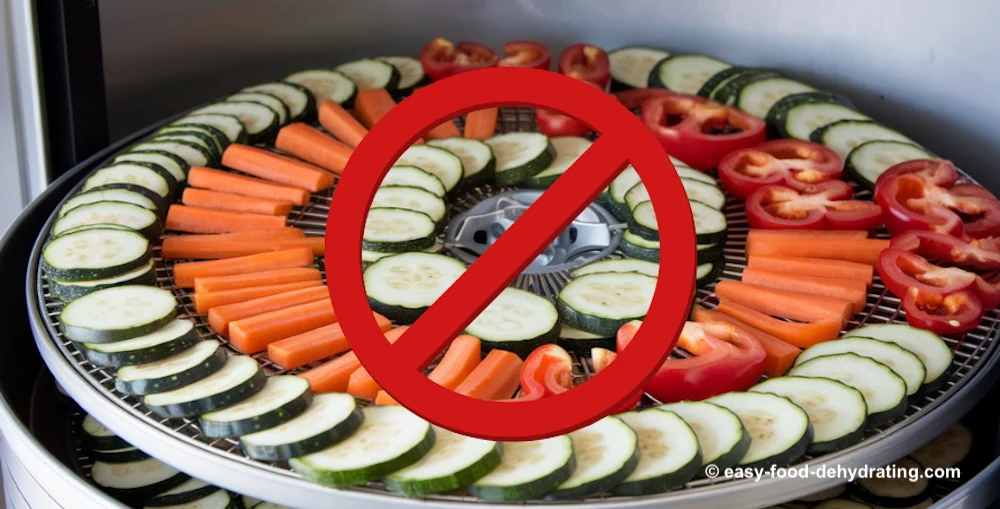
Your dehydrator trays are not a minivan stuffed with people! Overcrowding the trays prevents proper airflow, causing uneven drying and frustration when you find some pieces perfectly crisp while others remain disappointingly soft.
Proper air circulation is essential for moisture to escape efficiently. If pieces are packed too closely, you risk trapping moisture, leading to inconsistent dehydration.
Instead, spread food evenly in a single layer, leaving small gaps between each piece. This simple step ensures everything dries at the same rate, preventing you from discovering a half-dry, half-chewy mess at the end.
2. Thick Slices, Thick Problems: Cut Evenly for Consistent Drying
Thicker slices might seem like a time-saver, but they can actually create dehydration nightmares. The thicker the slice, the longer it takes to dry, which can leave you with an inconsistent batch where some pieces are still moist while others have turned into brittle chips.
Using a mandoline slicer or a sharp knife ensures uniform, thin slices that dry efficiently.
Consistency is key—not just in life, but in dehydrating too. With evenly cut food, you’ll avoid the frustration of having to check and remove pieces at different times.
3. High Heat Hurts: The Right Temperature Matters
Cranking up the heat might seem like a way to speed up dehydration, but it often leads to cooking instead of drying. This not only changes the texture of the food but can also cause nutrient loss.
Dehydrating at excessively high temperatures can create a tough, dry exterior while trapping moisture inside, increasing the risk of spoilage. This outer crust is known as "case hardening" and it's a problem. Why? It means the interior is still moist and could grow bacteria.
The ideal approach is patience: 125°F (52°C) to 135°F (57°C) for fruits and vegetables. It might take a little longer, but the quality, taste, and nutritional value will be well worth the wait. See my individual fruits and veggie hub pages by clicking those links.
4. Skipping Prep: Small Steps, Big Impact
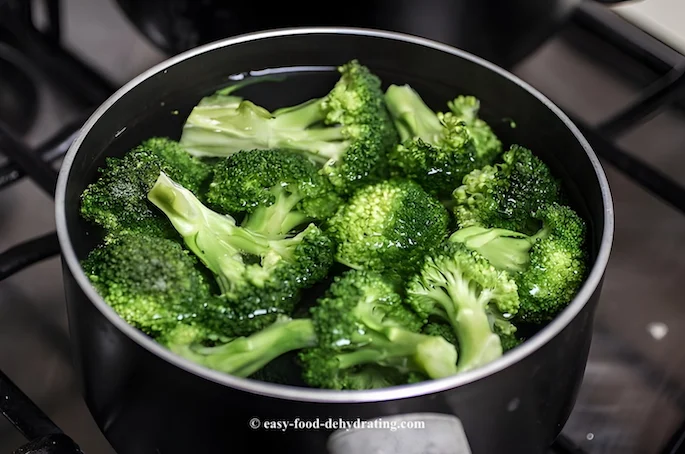
Ignoring proper food preparation is a mistake that can lead to dull, unappetizing, or nutrient-deficient results.
Blanching vegetables before dehydrating helps them retain their bright color and their nutrients. Fruits like apples and bananas, on the other hand, benefit from soaking in an ascorbic acid or tossing in lemon juice to prevent browning.
A little prep work now means a final product that’s not only visually appealing but also retains maximum flavor and nutrition. Investing a few extra minutes in pretreatments will make a world of difference in your dehydrating success.
5. Poor Storage: Keep Moisture Out for Maximum Shelf Life
Once you’ve successfully dried your food, how you store it determines whether it remains fresh or spoils prematurely.
Dehydrated foods can reabsorb moisture from the air if not stored properly, leading to mold, stale flavors, or reduced shelf life.
Using airtight containers or vacuum-sealed bags helps lock out moisture and preserve texture.
Store your dried goods in a cool, dark place to protect them from heat and light, which can degrade flavor over time. Adding an oxygen absorber to each container before vacuum-sealing provides extra protection inside against unwanted moisture.
6. Ignoring Drying Times: Consistency Is Key
Different foods require varying drying times, and forgetting to check on them can leave you with over-dried crisps or under-dried, moisture-laden snacks that are prone to spoilage.
Keeping a dehydration log will help track how long different foods take to dry, making future batches more predictable and efficient. Checking periodically also ensures that everything dehydrates evenly without surprises.
Get your free FOOD DEHYDRATING log!
Download your free Dehydrating Food Log HERE or click the image!
Instant download - no email addy needed.
7. Forgetting to Rotate Trays: Avoid Hotspots
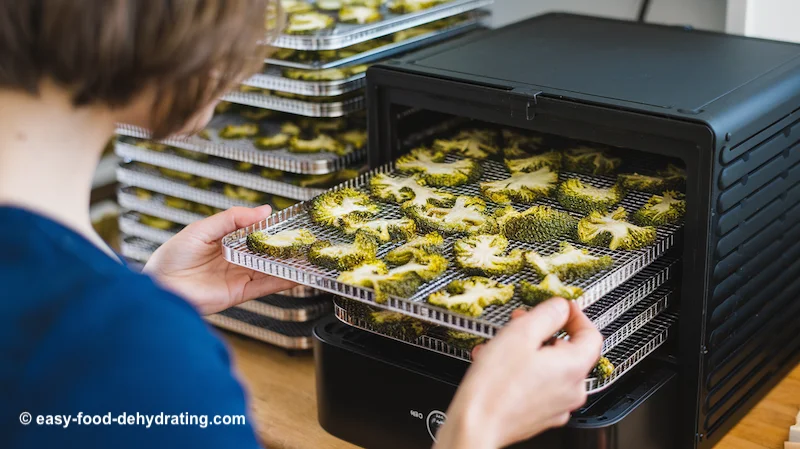
Not all dehydrators distribute heat as evenly as they claim. Some models have hotspots, meaning certain areas dry faster than others. Why does this happen? Food that is closest to the fan dries faster.
If you don’t rotate the trays throughout the dehydration process, you might find that some food is done while others still have moisture trapped inside.
The simple fix? Rotate your trays every few hours to ensure that all pieces dry consistently. A small effort that makes a big difference.
8. Mixing Different Foods: Various Drying Rates
Different foods require different dehydration times and temperatures. Combining foods that dry at different rates can result in some being over-dried while others remain too moist.
Fruits, like grapes, have a higher sugar and water content and can take longer to dry than some vegetables.
To prevent problems, dehydrate foods with similar drying times together. If you must mix different items, start with those that dry at similar temperature ranges to avoid uneven results.
9. Underestimating Humidity: A Silent Saboteur
Humidity plays a huge role in dehydration success. If your environment is too humid, food will take longer to dry, and in some cases, it may never fully dehydrate.
Moisture lingering in the air slows down the drying process, increasing the risk of spoilage. If you live in a humid climate, consider using a dehumidifier or running an air conditioner in the room while dehydrating.
Extending drying times when needed and checking for doneness by testing the texture—food should break, not bend—will help prevent moisture issues.
10. Skipping Pretreatments: Protect Flavor & Color
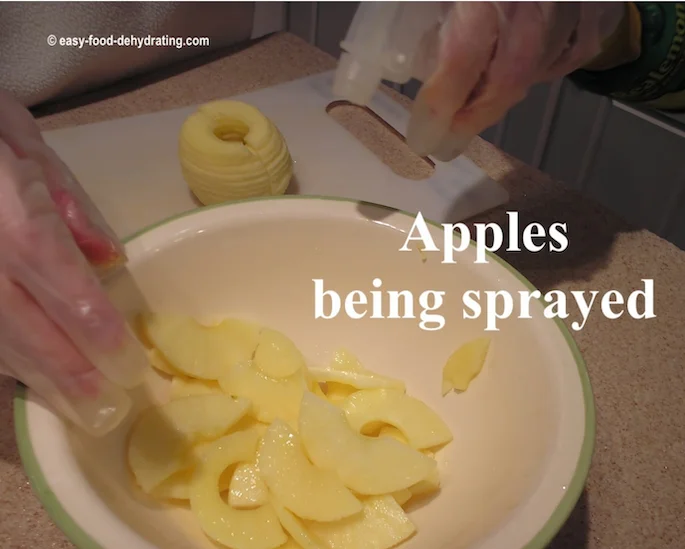 Spraying apples with lemon juice to deter browning
Spraying apples with lemon juice to deter browningPretreatments are small but significant steps that can make a world of difference in dehydrating results.
Skipping steps like blanching or using lemon juice might not seem like a big deal, but over time, you’ll notice a decline in color, flavor, and overall quality.
These quick techniques help retain food’s natural vibrancy while preserving taste and texture, so your dehydrated goods don’t end up looking dull or tasting bland.
11. Neglecting Herbs & Spices: Elevate Your Snacks
Why settle for plain when you can enhance your dehydrated snacks with herbs and spices? Seasoning before dehydration helps lock in flavors, making your homemade treats even better.
Try chili powder on mango slices, garlic salt on kale chips, or cinnamon on apple slices for an extra burst of taste. A simple tweak that takes your dehydrating game to the next level.
12. Lack of Patience: Rushing Ruins the Process
Dehydration is a slow process, and cutting corners—whether by increasing heat, skipping preparation, or rushing through storage—leads to less-than-perfect results.
The best dehydrated foods come from those who take the time to do it right. Embrace the process and let patience guide you. The effort you put in today ensures that your dehydrated snacks are delicious, nutritious, and shelf-stable for months to come.
Final Thoughts: Dry Like a Pro
By avoiding these common mistakes when dehydrating food, you’ll master the art of preserving foods with perfect texture, flavor, and longevity. Whether you're preparing snacks, long-term storage, or gourmet cooking ingredients, each batch is a chance to refine your skills.
What’s the biggest lesson you’ve learned in your dehydrating journey? Share your experiences on our Facebook page, and let’s keep learning together!
Happy dehydrating! 🌿🍏
Get Your Free Guide to Dehydrating Food!
Don't forget to grab your free Six Simple Steps eBook! It’s packed with tips for dehydrating everything from fruits and veggies to dog treats. Get it here.
Before You Go...
If you like the content, please give me some love by clicking on the 🩷 in the lower right hand corner (on just about all my pages). This signals to me that you find it enjoyable and useful. Thank you so much!
